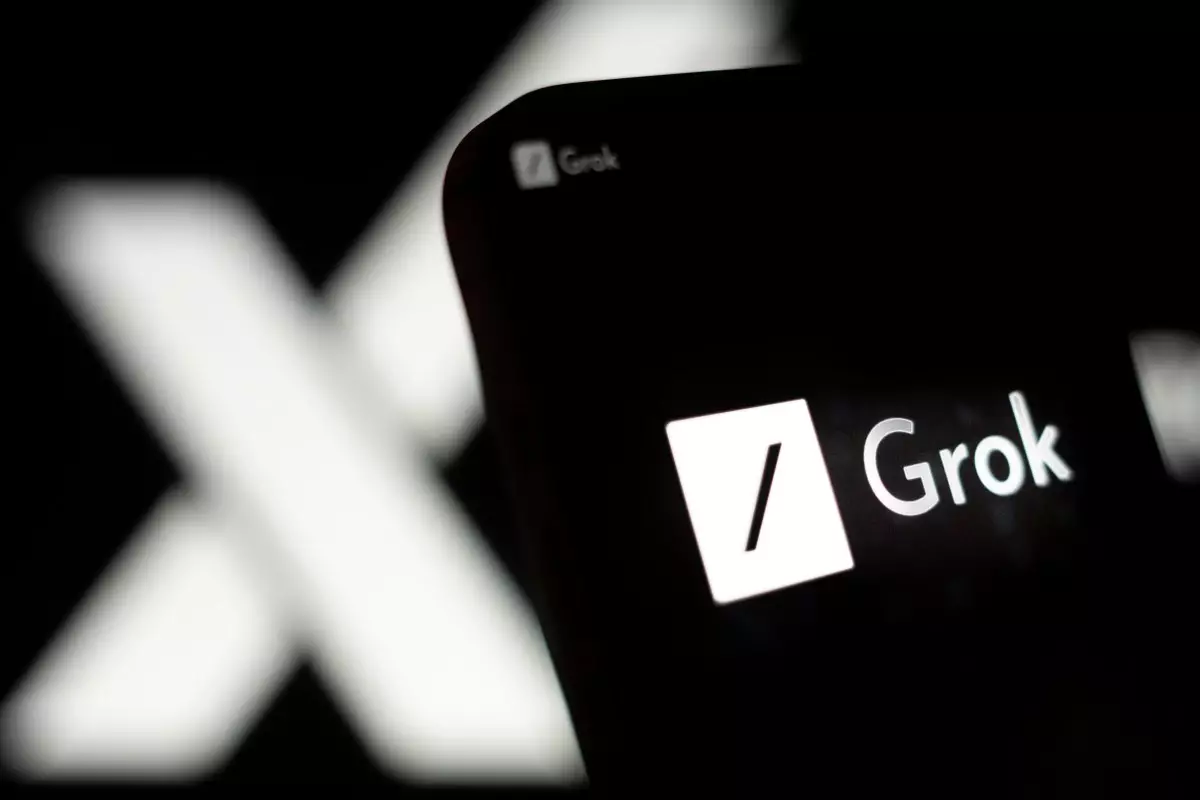Elon Musk’s venture into artificial intelligence with xAI has generated significant buzz, especially with the introduction of its Grok chatbot. This AI tool is evolving rapidly, aiming to stand shoulder-to-shoulder with established competitors like ChatGPT and Google’s Gemini. The recent unveiling of Grok’s memory feature showcases xAI’s commitment to enhancing user experience through personal interaction. While memory might seem like a straightforward upgrade, it could fundamentally alter how users engage with AI, tailoring responses based on personal history.
The implications of this innovation are compelling. Traditionally, chatbots deliver responses based on pre-set algorithms, lacking any genuine understanding of the user’s preferences or history. However, with Grok’s memory feature, the boundaries of AI personalization are being expanded, allowing the bot to recall past interactions and provide customized suggestions. This shift brings Grok one step closer to realizing a more human-like AI, transforming it from a mere tool into a responsive, personalized assistant.
Memory: A Double-Edged Sword
Despite the appealing benefits of a memory feature, it is essential to critically analyze its potential drawbacks. Privacy concerns loom large when artificial intelligence begins to retain user data. Although Grok offers transparency—the ability for users to view what the bot remembers and selectively delete memories—such features may not fully alleviate user apprehension. As society grapples with data privacy issues, the notion of an AI that “remembers” may raise red flags for those who fear invasive tracking and data collection.
Moreover, the ease with which users can toggle memory settings might create a false sense of security. While the control provided is substantial, it may not be enough to sway those weary of entrusting their data to an AI system. This tension between personalization and privacy highlights a critical area where xAI must tread carefully. The success of such features in Grok could depend on robust safeguards and transparent communication with users regarding data usage.
The Competitive Landscape of AI
As Grok climbs the ranks, it’s essential to examine how its memory feature stacks up against similar offerings in other AI chatbots. ChatGPT has notably included a memory feature that archives users’ chat histories, creating a richer context for its interactions. Meanwhile, Gemini’s memory functionality adjusts responses based on extensive user data, showcasing its own understanding of user needs. In this competitive market, Grok’s successful navigation of memory usage could significantly influence its adoption rate.
Musk’s xAI must recognize that merely implementing memory is not sufficient; the execution and user experience will ultimately determine Grok’s success. Unlike its competitors, Grok’s personalized interaction must be streamlined and genuinely useful to spectators skeptical of AI technology. If Grok can master this aspect, its potential could be groundbreaking.
A Future of Personalization in AI
The development of memory-enhanced AI technologies is a testament to the ever-evolving landscape of user-focused applications. Through such features, we may witness a future where AI not only responds to queries but does so in a manner sensitive to individual preferences and histories. The promise of Grok lies in its ability to foster a deepening relationship between humans and machines—one that could ultimately redefine personal assistance in our daily lives.
As Grok continues to refine its capabilities and expand its accessibility, the ongoing discourse around AI memory features will be crucial. There’s no denying that the power of memory in AI can lead to a more intuitive and engaging user experience, but it also requires a balanced approach that prioritizes user trust and safety. Whether Grok emerges as a frontrunner in this transformative space will depend not just on its capabilities but on how well it can align innovation with ethical considerations.

